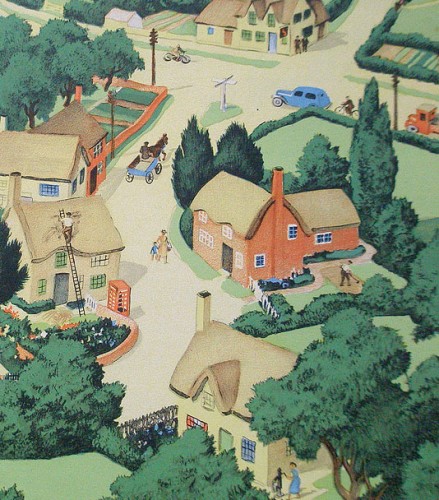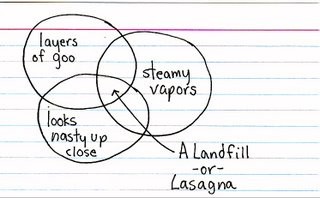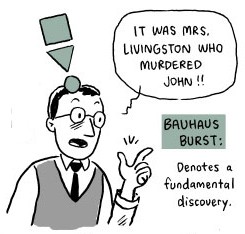 The county town of Berkshire a mecca for lovers of independently run coffee shops? Surely not. But a newish website has just proved otherwise.
The county town of Berkshire a mecca for lovers of independently run coffee shops? Surely not. But a newish website has just proved otherwise.
For decades the rulers of what I used to call the People's Republic of Reading devoted themselves to stripping the character out of the place. They gave us the faceless Butts Centre which metamorphosed into the equally inappropriately-named Broad Street Maul. They tore down much-loved red brick Victorian buildings and allowed what was left to be covered in render and cladding. Independent locally-owned shops (with the exception of much-loved Jacksons) were squeezed out. There was no room in the Oracle (the south of England's shiniest new shopping centre) for local businesses, since they could not be relied on to pay the rent.
But apparently there are now three attractive, independently-run coffee shops in Reading. Significantly, Moondogs, and the Workhouse Coffee Company are both on the Oxford Road, well away from the uninspiring concrete and glass of borough council-sponsored 'Reading City'. That it took a website to want me to go back into my local town centre shows just how uninviting it has become.
Tom Hiskey is a 26-year old part-time musician and coffee shop enthusiast. As he travels the UK he is compiling a guide to the UK's best independent coffee shops. Not the faceless, squeezed out of a tube global brands run by Seattle-based corporations or the likes of Whitbread, but real places with their own local character, where the welcome is genuine and the prices are likely to be lower. He emphasises places that source ethically, and says that tea rooms are, well, 'not his cup of tea'.
Cosy Coffee Shops is just what the internet is for.






 It's funny in a
It's funny in a 